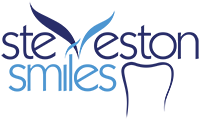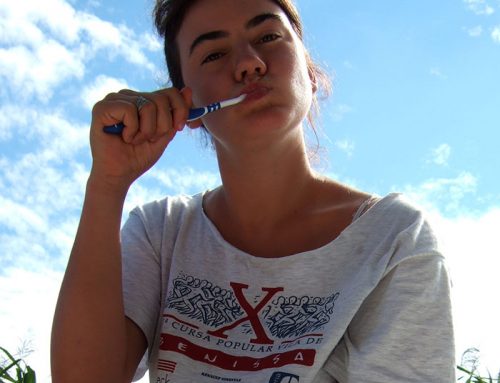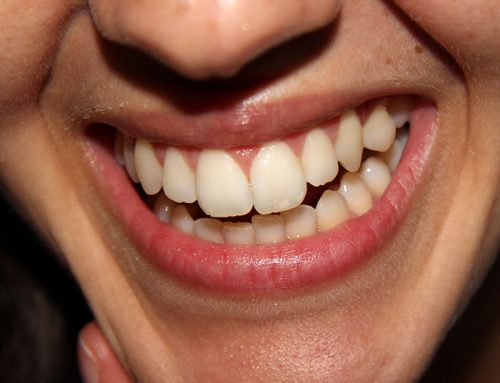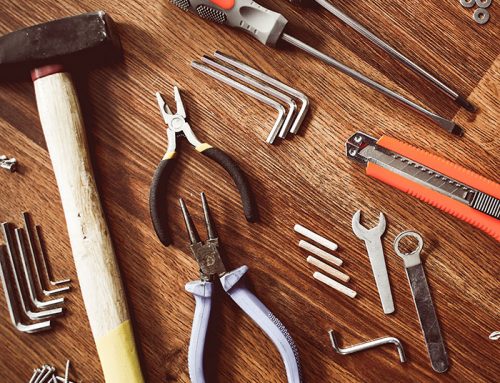To better understand TMD let’s talk about the anatomy of some very important muscles: The Muscles of Mastication. Together with the muscles, joints, ligaments and blood supply make up the TMJ (Temporal Mandibular Joint). They might look small, but they are extremely strong and help us chew our food and speak to each other. Without these muscles we would not survive. The four muscles that I am referring to are the masseter muscle, temporalis, medial pterygoid, and lateral pterygoid. The Masseter (Greek for “to chew”) muscle is the most superficial muscle and is the strongest of the four; it attaches from the facial bones to the mandible. It is quadrilateral in shape and its main function is to elevate the jaw into the closed mouth position. Next is the Temporalis muscle, it is a fan shaped muscle that sits within the temporal fossa of the skull and attaches onto the boney prominence of our mandible. This muscle is easy felt with the fingers; simply bite down and feel the muscle pop out just outside of the eye and in line with the eye brows. The function of this muscle is to raise the mandible and close the mouth. Next, the medial ptyerigoid muscle located inside the mouth between the mandible and under the cheekbone works to close the mouth. Lastly is the lateral pterygoid, which is very closely, related to the medial pterygoid muscle also located inside the mouth, but the function of this muscle is to OPEN the mouth. Now you know where the muscles are and what their functions are, I can tell you about a typical TMJ (temporal mandibular joint) treatment for TMD might involve.
A TMJ massage treatment session will usually last about 45-60mins including an assessment of muscle and facial asymmetries, as well as, palpation (assessment by touch) of the muscles of mastication. The massage will work to decrease tension in the facial muscles, decrease trigger points and release facial adhesions. Due to the complex connection of certain muscles and bones, intra-oral massage, done with a gloved hand, is usually a part of the treatment session. Some of these techniques can be uncomfortable but with proper breathing and communication between client and therapist, this should be a very positive treatment resulting in symptom relief. Some of these modalities or techniques consist of compression on the medial and lateral pterygoids to release trigger points, muscle tension and gentle stripping. Myofascial release might then be performed on the neck muscles and pectoralis major to assist in correcting the client’s rounded shoulder posture and release pressure on clients jaw followed by stretching. These techniques are done to relieve pain, increase blood flow to the muscles and elevate endorphin levels to further reduce the client’s pain and stress.
Although TMJ massage treatment can be very beneficial in treating TMD, the client does have a large role at home with proper homecare and continued care with the dental team. The problems associated with TMD can be effectively reduced and then the patient can return to living a happy, healthy, and less painful or even pain free life







